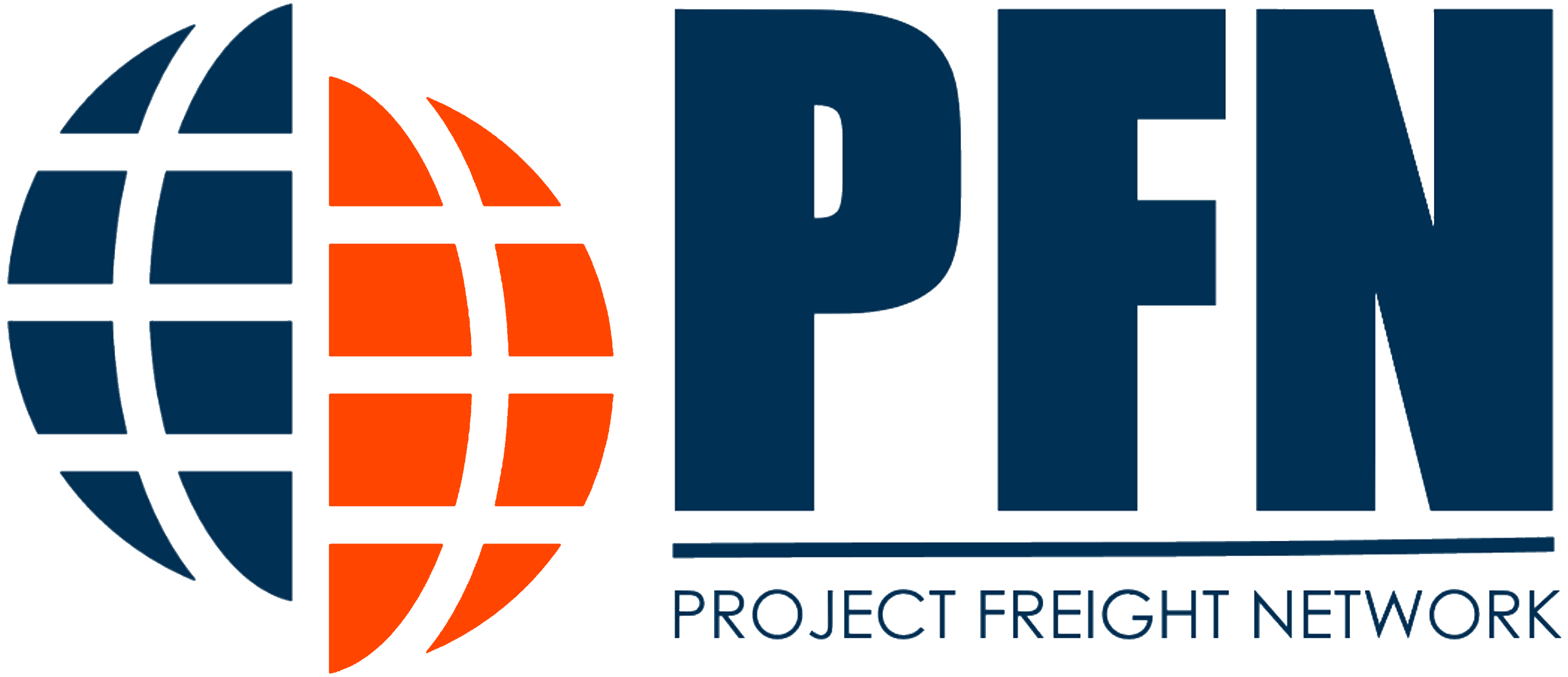The pandemic spotlighted the critical role of supply chains, prompting a surge in mergers and acquisitions (M&A) within the transportation and logistics sectors. The industry experienced unprecedented activity as players sought to maintain momentum and capitalize on the heightened demand. However, as the dust settled post-pandemic, the frenetic pace of deals slowed significantly in 2023. Now, as we are in 2024, the landscape is transforming yet again, driven by financial, market, and technological forces that are redefining the rules of engagement.
During the pandemic, the necessity for robust supply chain execution became glaringly obvious. This realization fueled a wave of M&A activity aimed at expanding capabilities and securing high-performing assets. Deal values skyrocketed from $51 billion in 2020 to over $150 billion in 2021, before dropping to $95 billion in 2022. Logistics providers enjoyed record profitability, with shipping rates soaring to unprecedented levels across all transportation modes. This surge in profitability emboldened both strategic and financial investors, flush with cash and easy access to capital, to pursue ambitious acquisitions.
Prominent players like DSV and Kuehne+Nagel (K+N) exemplify the success stories from this period. DSV’s acquisitions of Panalpina in 2019 and Agility in 2021 propelled its stock price to nearly double since early 2020. Similarly, K+N’s acquisitions of Rotra Forwarding in 2020 and Apex in 2021 resulted in a total shareholder return of 180% since early 2020. These companies, with their adept deal execution and integration capabilities, reaped significant rewards.
However, the frenetic M&A activity of 2021 and 2022 gave way to a sharp decline in 2023. Both deal volume and value saw substantial drops. The transportation services sector remained the most active, followed by shipping and general logistics. Notably, North Asia led in deal numbers, with Europe and North America trailing. The average size of the top 25 deals fell by nearly 26%, and only 11 deals exceeded the $1 billion mark, compared to 20 in 2022.
Despite this downturn, industry giant CMA CGM continued its acquisition spree, highlighting the persistent opportunities within the sector. CMA CGM’s strategic moves in 2023, including the planned acquisition of UK-based Wincanton for about $1 billion, underscore the dynamic nature of the market.
Several factors contributed to the 2023 slowdown. Disparities in price expectations between buyers and sellers created friction, with buyers anticipating a return to pre-pandemic levels while sellers remained optimistic about sustained higher valuations. Additionally, tighter access to capital, driven by rising interest rates, curtailed the appetite for acquisitions, particularly among financial buyers. A weakening demand for logistics services further exerted downward pressure on rates, compounding the challenges.
Yet, 2024 promises to be a different story. Investors are poised with substantial funds, ready to seize opportunities as the market stabilizes. Valuations are expected to align more closely with historical levels, and clearer strategies for value creation will emerge. Nonetheless, the landscape is evolving, with significant financial, market, and technology forces at play.
Financially, the environment in 2024 favors buyers. Logistics companies, having tapped into their cash reserves in 2023, now face a new reality of higher borrowing costs. This shift may limit demand for assets and pressure valuations downward. Market dynamics are also becoming more complex and competitive, necessitating more sophisticated and diversified service portfolios to meet growing shipper demands for visibility and sustainability.
Technological advancements are set to play a pivotal role. From digital channels and AI-driven analytics to automation and electric vehicles, cutting-edge technologies are transforming supply chain operations. Companies that can harness these innovations will gain a significant competitive edge. Those unable to keep pace may find themselves acquisition targets, as leading investors seek to secure the digital capabilities needed for future success.
In this new era, five priorities for M&A investment emerge:
- Opportunistic Acquisitions: Targeting midsized companies affected by the 2023 downturn.
- Expanding Service Portfolios: Acquiring businesses that enhance value propositions or tap into underserved segments.
- Sustainability Investments: Investing in infrastructure to create greener supply chains.
- Consolidation: Integrating providers in fragmented segments to build market champions.
- Technology Integration: Acquiring digital and automation capabilities to stay ahead of the curve.
To navigate this evolving landscape, investors must set clear visions for their M&A strategies, develop robust value creation plans, and ensure they have the necessary capabilities for successful execution and integration. As 2024 unfolds, these strategic imperatives will be crucial for capitalizing on the new opportunities within the transportation and logistics sectors.
Source: McKinsey





